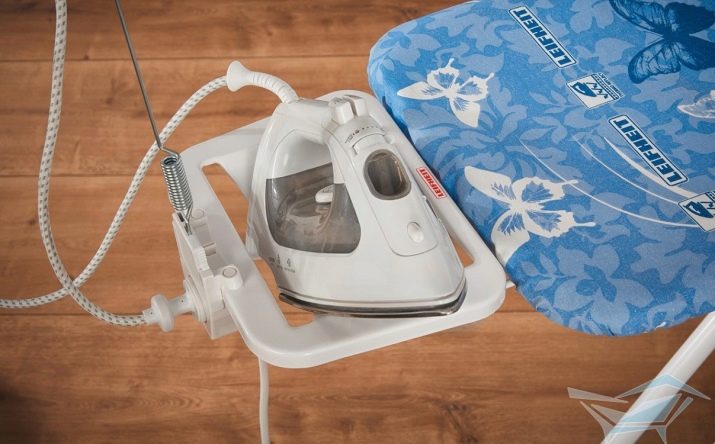What is a beading and how to work with fabric?

Bortovka is an irreplaceable material in sewing. In the article we will tell you what it is, what it is, how it is applied and whether it is difficult to care for it.
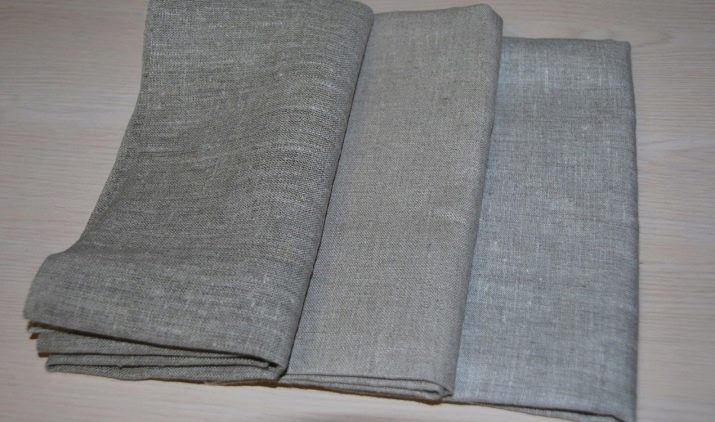
What it is?
The bead is a cushioning material used to give a rigid shape. It is used as a sealant and retainer for fabrics of beads, collars, cuffs, lapels. It is laid under the shoulders. Placed between base fabric and lining. It is cut strictly according to the given shape. Differs from dublerin in greater rigidity and density, opacity of the texture.
It is produced by factories in Russia, China, Belarus, Italy. Some species are sizing during manufacture using a starch-based substance.
It is UV-resistant and has minimal shrinkage. Strong, wear-resistant, form-stable.
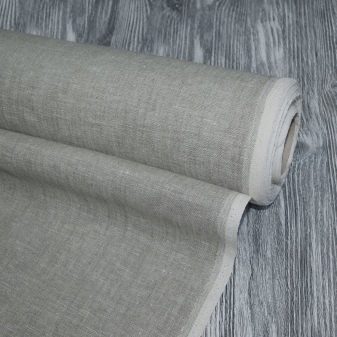

Views
The side board is different. In the classic version, it is a smooth, dense, tough fabric. Traditional material is made on weaving equipment.
It has a burlap color, a plain weave of threads with a characteristic checkerboard pattern. It is made of 100% linen or cotton. In addition, the composition can be mixed (cotton-linen).
The cotton edging is the softest of all types. It is used for thin materials. Linen and half-linen varieties are produced in accordance with the standards of GOST 5665-77.
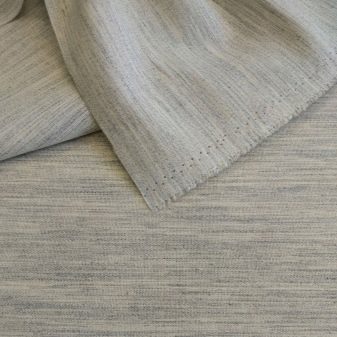
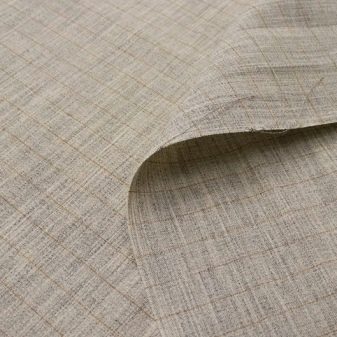
They contain no more than 15% of artificial fibers. Those species that are sizing, in addition to starch, are treated with resins and polymers. The mass fraction of a substance usually does not exceed 10%. Not all varieties have coatings.
In modern production, there is a side linen fabric with the addition of artificial threads.Due to this, the material acquires elasticity. The rigidity of such materials is average.
The roughest and most resilient option is the horsehair version. As a rule, wool is the main element instead of linen.
Less commonly, camel hair is used instead of horse hair. Such material can withstand mechanical stress, is practical, environmentally friendly, durable and versatile in use.
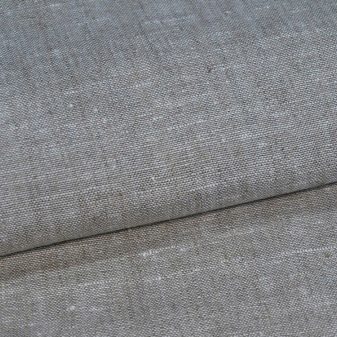
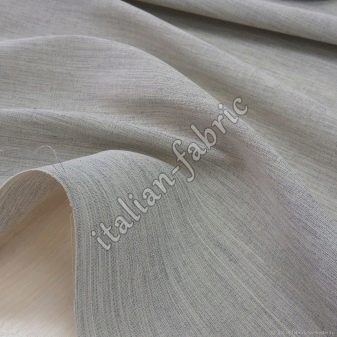
By the type of fastening, the material is traditional and adhesive. In the first case, the fabric is attached to the details with machine or hand stitches. In the second, the fabric has an adhesive thermal coating.
The glue bead is fixed on the garment parts by means of a hot iron. It does not come off after washing or dry cleaning. The adhesive layer is located on one side.
In addition, the on-board fabric can be made with direct digital and silk-screen printing. The material does not change its qualities when wet.


Application
Depending on the variety, the material is suitable for fabrics of any density and composition. The sideboard is combined with gabardine, drape, velor, velveteen, tapestry, crepe.
It has found application in the manufacture of women's and men's clothing. Collars and lapels of coats, jackets, jackets, raincoats are sealed with it. Used to stiffen the edges of shirts and blouses.
The shelves of jackets are reinforced with a side. It prevents the fabric from shrinking and wrinkling. Contributes to the creation of a perfect fit on the figure, prolongs its performance properties. It is used as the main material in boho style bags. It is used for design purposes. For example, in the production of table napkins, lamp shades for lamps.
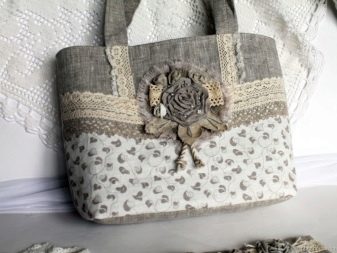
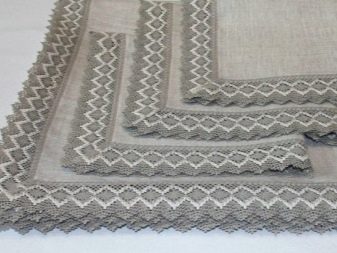
The gasket is used when sewing curtains. With its help, lambrequins are strengthened. It is hypoallergenic, affordable, crease-free.
The fabric makes beautiful decorative pillowcases in the country and Provence style. In addition, textiles are used for cross stitching.
Despite the fact that the material does not prime well, it is used for artistic purposes. It can replace the canvas purchased for painting due to its budgetary cost.
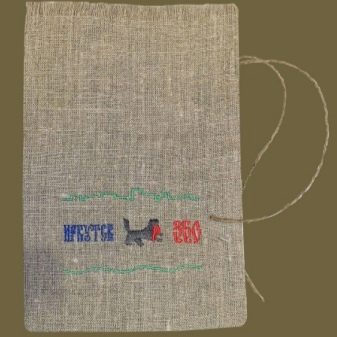
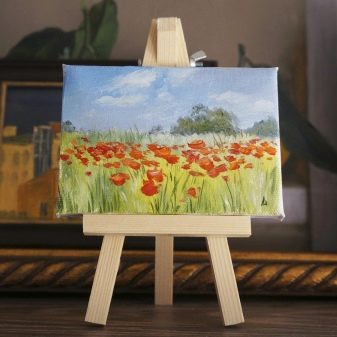
Material tips
The board needs to comply with certain requirements in the work. It is cut out taking into account shrinkage or decated before cutting. It retains the shape of the product, preventing its elements from sagging and deforming.
Fastening the non-adhesive type by hand is performed with "goat" stitches. The glue board is glued to the parts through moistened gauze. This type is used when sewing children's and women's clothing.
To work with costume and knitted fabrics, elastic types of beading are used. They do not have high rigidity.
When sewing expensive jackets for men, side elements made of natural horsehair are used.

To stiffen the pockets, thin varieties of seal are used. Collar textiles have average stiffness values.
When compaction of a coat, sewn individually to order, the border is cut out in the form of several parts. Thus, it is possible to achieve a better fit of the product on the figure, without reducing the freedom of movement.
In budget ateliers, cushioning side parts are connected with a zigzag machine seam.

Care
The side fabric does not need much maintenance. In order for it to retain its properties for a long time, it is enough to follow a few simple recommendations.
You can wash it by hand and in a washing machine using a delicate wash cycle with a maximum allowable temperature of 30-40 degrees.
We recommend using a chlorine-free detergent for washing. The type of substance can be powder or liquid. The number of washes is not limited, this does not affect the density of the material.
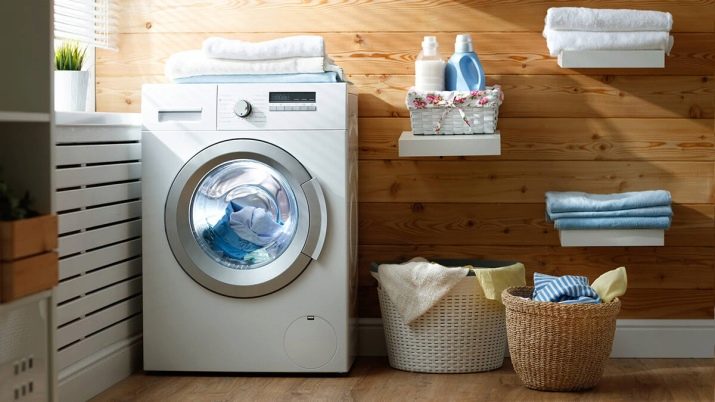
The spin should be gentle. If washing is performed in a machine, you need to select a spin at the minimum speed, for a time not exceeding 10 minutes.
You need to dry the product in a natural way in a flattened form, possibly in the fresh air. In order not to damage the structure of the fabric, it is worth removing the fabric away from the heating appliances connected to the network.
The material can be ironed on either side. If necessary, humidification or selection of the steaming mode is allowed. Ironing temperature can vary in the range of 130-150 degrees.
